Although I’m not a professional, I’ve spent a long time learning about caring for my nails and cuticles. My nails are natural, and I don’t wear extensions or gels. Even if you don’t paint your nails, learning how to keep them cared for and healthy will help to make your hands look good, whatever you’re doing.
I’m going to take you through, step-by-step, what I do to look after my nails.
- Remove my old polish
- Clean under my nails
- Wash my hands
- Cuticle care
- File, shape, and buff my nails
- Oil and moisturise
- Prime my nails
Remove my old polish
I always use acetone remover to get rid of my old manicure. It gets a bad rep, but I think that it’s the best way of taking old polishes off. It’s really quick and effective, meaning that it spends less time on your skin and nails than non-acetone remover.
Acetone is actually produced naturally by your own body! It’s in your blood and urine, so there is no need to see it as anything to avoid.
However, it can be very drying for your skin, and I counter that with oil. I use Jojoba Oil, and add a small amount to 100% acetone.
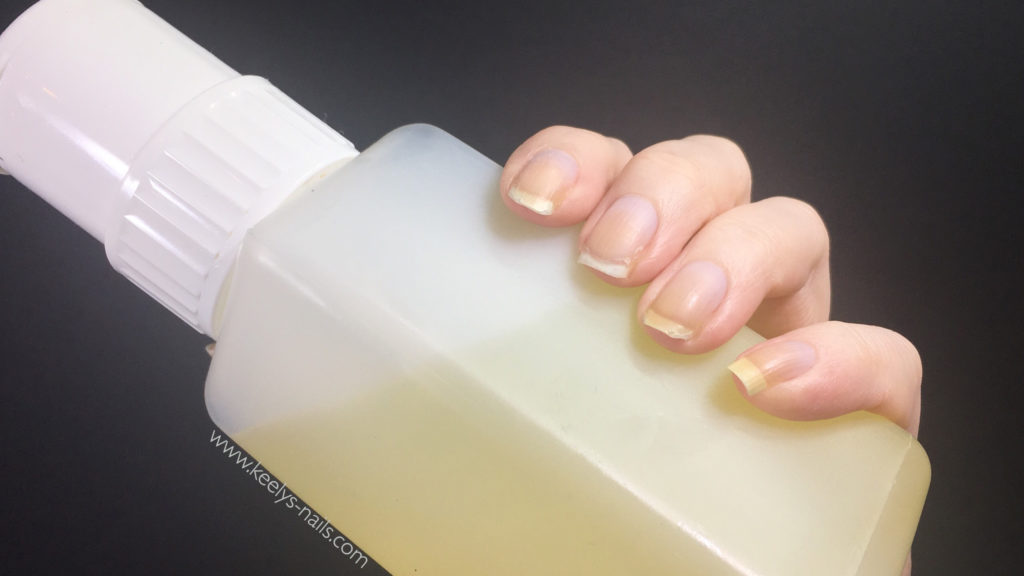
Caring for my nails and cuticles – acetone with jojoba oil in pump bottle
This reduces the drying effect, but the acetone is still really effective at taking off the polish.
I soak a cotton pad in my acetone blend, and then press it on to my nail. Next, I hold it in place for 5-10 seconds, and then slide it off my nail, towards the tip, while still pressing firmly down. Then I switch to a clean spot on the pad and repeat until clean.
I use cotton pads with a textured side, because they tend to hold the acetone longer than a lint-free pad, although both are good. Cotton wool on its own doesn’t hold together very well and just makes more of a mess.
Don’t rub and scrub at your polish, you’ll break the pad down quicker and you can stain the skin on your fingers with the removed polish. If you have glitter polish, you might need to press and old longer. For major glitter bombs, use the foil method to remove it, which extends that time to 10 minutes per nail.
I make sure I haven’t missed any spots at the sides of my nails, or under the corners, and I’m done!
Clean under my nails
I use the pointed end of a cuticle tool, or a wooden orange stick for this job. I do find that after I’ve removed my polish, there is still a bit left underneath, so clean this out now.
My favourite pointy tool for this job is this pretty one from Rainbow Connection.
Be careful when you do this, so you don’t damage hyponychium under your free edge. That is underneath your nail plate and under the free edge of your nail you can just see it where it meets underneath.
Wash my hands
To get rid of any acetone residue, I wash my hands in warm water and soap. I use a soft silicon nail brush to clean on top of and under my nails.
I focus on my cuticles (which starts to soften them for the next step) and makes sure that there are no bits of cotton pad or polish left around my nails.
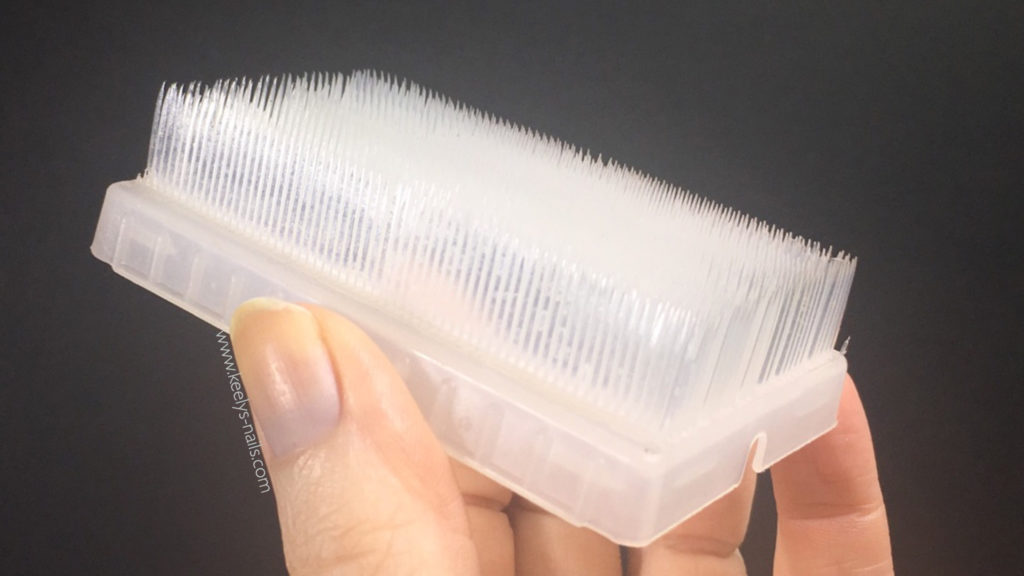
Caring for my nails and cuticles – soft nail brush
Cuticle care
When I first started doing nail art regularly, I didn’t know how to care for my cuticles, and I was scared of damaging them. When I was younger they would pull away from my nails and get infected regularly so I was terrified of doing anything bad to them.
About four years ago I took a professional basic manicure course to learn properly manage them and keep them healthy.
I don’t do this step every single time, especially if I’m doing my nails multiple times a week. It really isn’t necessary that often. Once every week or two is plenty, but you can do it less frequently if you want. Every four to six weeks is fine too.
The warm water from washing my hands has already started to soften my cuticles, but a little cuticle massage cream helps speed that along.
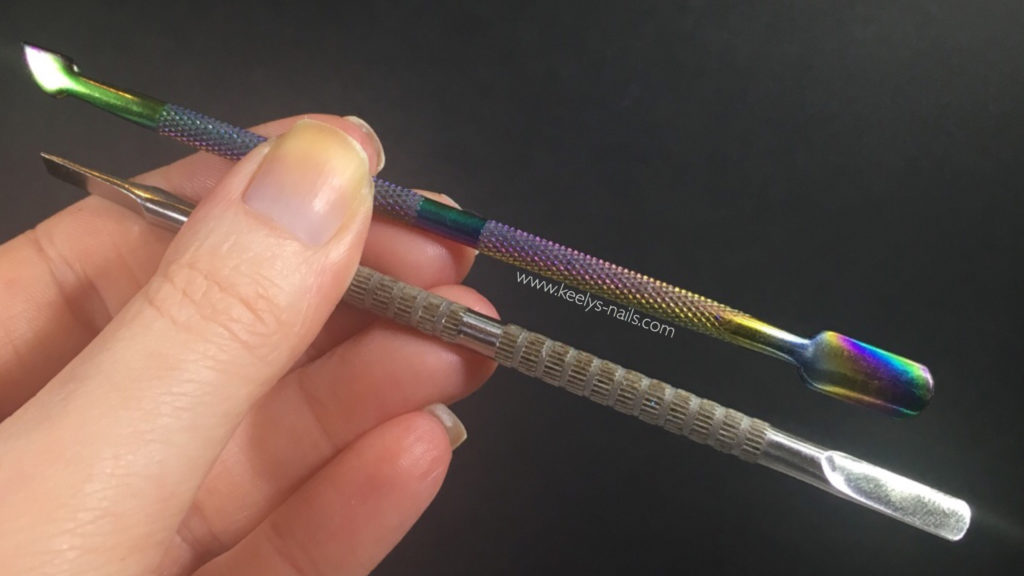
Caring for my nails and cuticles – cuticle tools
With the rounded end I gently push my cuticles back. Using a square or pointy end I clean out the sides of my nail plate. Be really gentle, and keep the end of the tool nearly flat to your nail. It’s easy to dent or damage your nail plate, so if in doubt skip this step.
Keeping your nails oiled and moisturised will help the cuticles to spring back naturally, so if you do this you can skip this step if you prefer.
I can really recommend taking a course to give you the skills you need to care for your nails. It will make your nails look longer, be healthier, and give you confidence.
File, shape, and buff my nails
Recently I’ve chosen a short, squared off shape, which means I have to file my nails regularly. I break a lot of corners of my squared shape, so I have to re-shape or take them all shorter to compensate.
Spending a lot of my time at work typing doesn’t help either. I round the corners a little so they are less likely to catch.
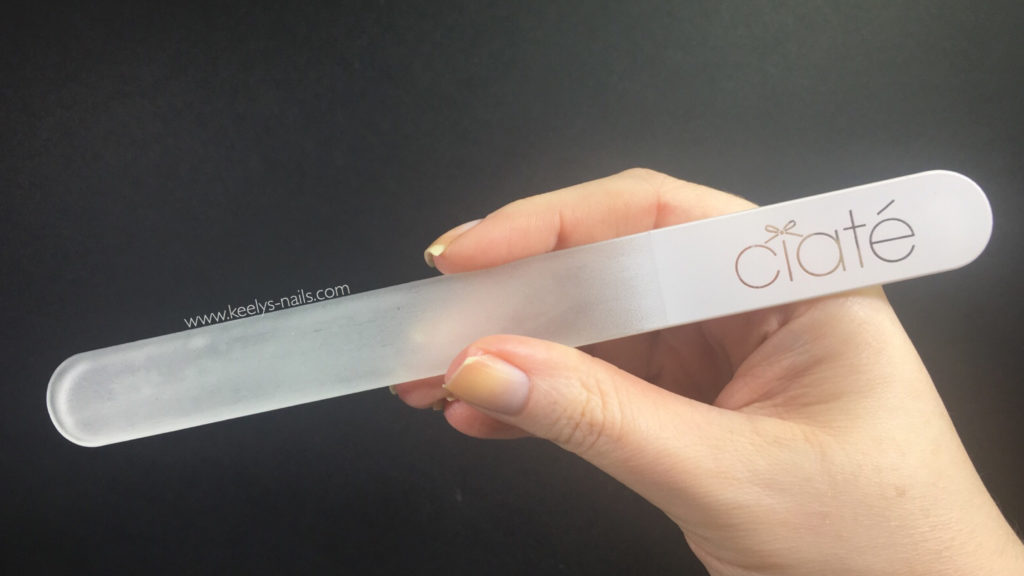
Caring for my nails and cuticles – Ciaté glass file
Glass files are much less likely to leave any roughness on your filed edges, which can catch, flake or peel. A good quality glass file will also last a really long time and won’t wear down. You can wash and sterilise them easily too. They do shatter since they are glass, so look after them and keep them in a case.
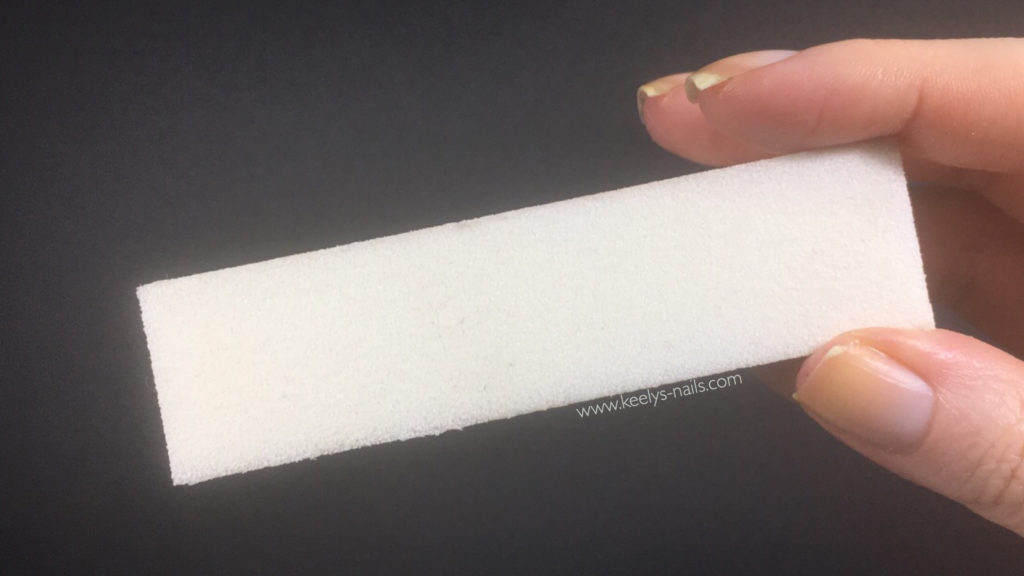
Caring for my nails and cuticles – buffing block
Don’t go crazy, stop buffing when your nails start to look matte. Don’t try and buff ridges away, use a ridge filling base coat instead. You risk making your nails thin and prone to breaking by over-buffing.
A final quick wash will get rid of any dust and remnants of cuticle cream.
Oil and moisturise
I’m quite picky over cuticle oil. It needs to be rich enough to moisturise well, but still soak in easily. It shouldn’t leave a sticky residue, and has to smell nice. I always go for one with Jojoba oil in it too.
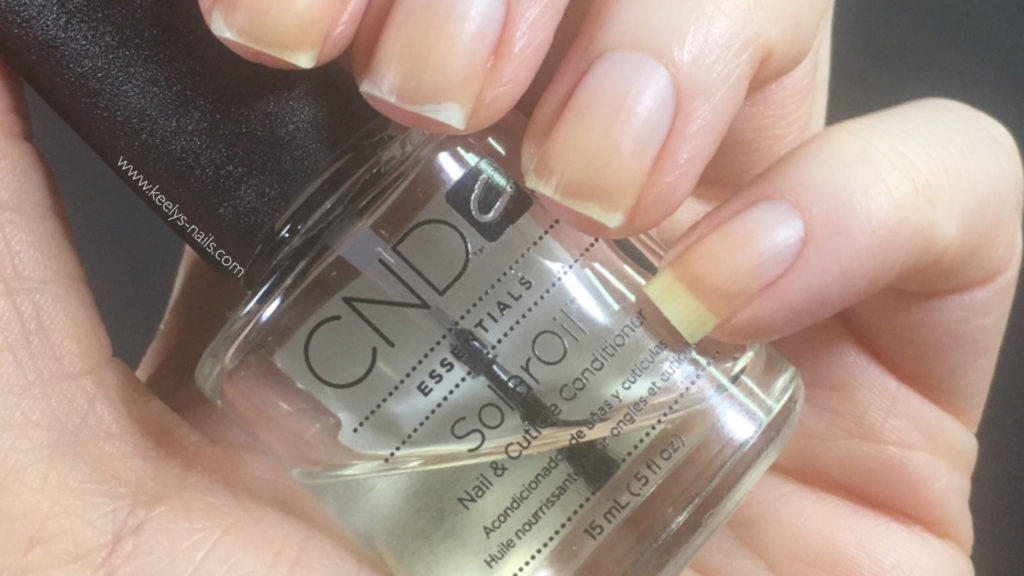
Caring for my nails and cuticles – CND Solar Oil
I also love the scent of the sadly discontinued Danglefoot Nails lime and sandalwood cuticle oil. But I’m ekeing it out!
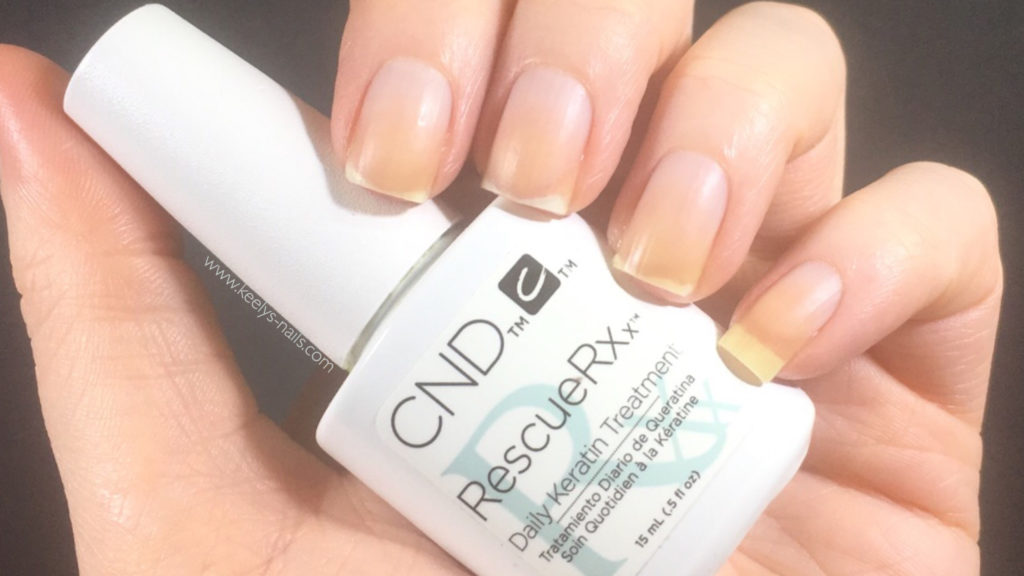
Caring for my nails and cuticles – CND Rescue Rx
My favourite hand cream is by Hand Chemistry, called HA3. It’s got a lovely citrus scent, and lots of hyaluronic acid, so it keeps my skin well moisturised for ages. It’s from Deciem, so you know you’re getting a high quality product at a great price.
Prime my nails
Once I’ve waited a few minutes for that all to soak in, I prime my nails ready for polish. My go-to product for this is Orly Primetime.
It’s an alcohol product that removes any oil residue from your nail plate so the polish adheres well. It definitely helps to minimise chips and make your manicure last longer.
Caring for my nails and cuticles
It sounds like a lot of steps, but once you’ve got it down it shouldn’t take longer than 20 minutes. If you don’t do cuticle work each time it will be even quicker.
I find this routine makes my nails stronger and healthier, and less prone to chipping and breaking too.
Now you can get started on some nail art! Why not start with something easy like dots or a gradient?

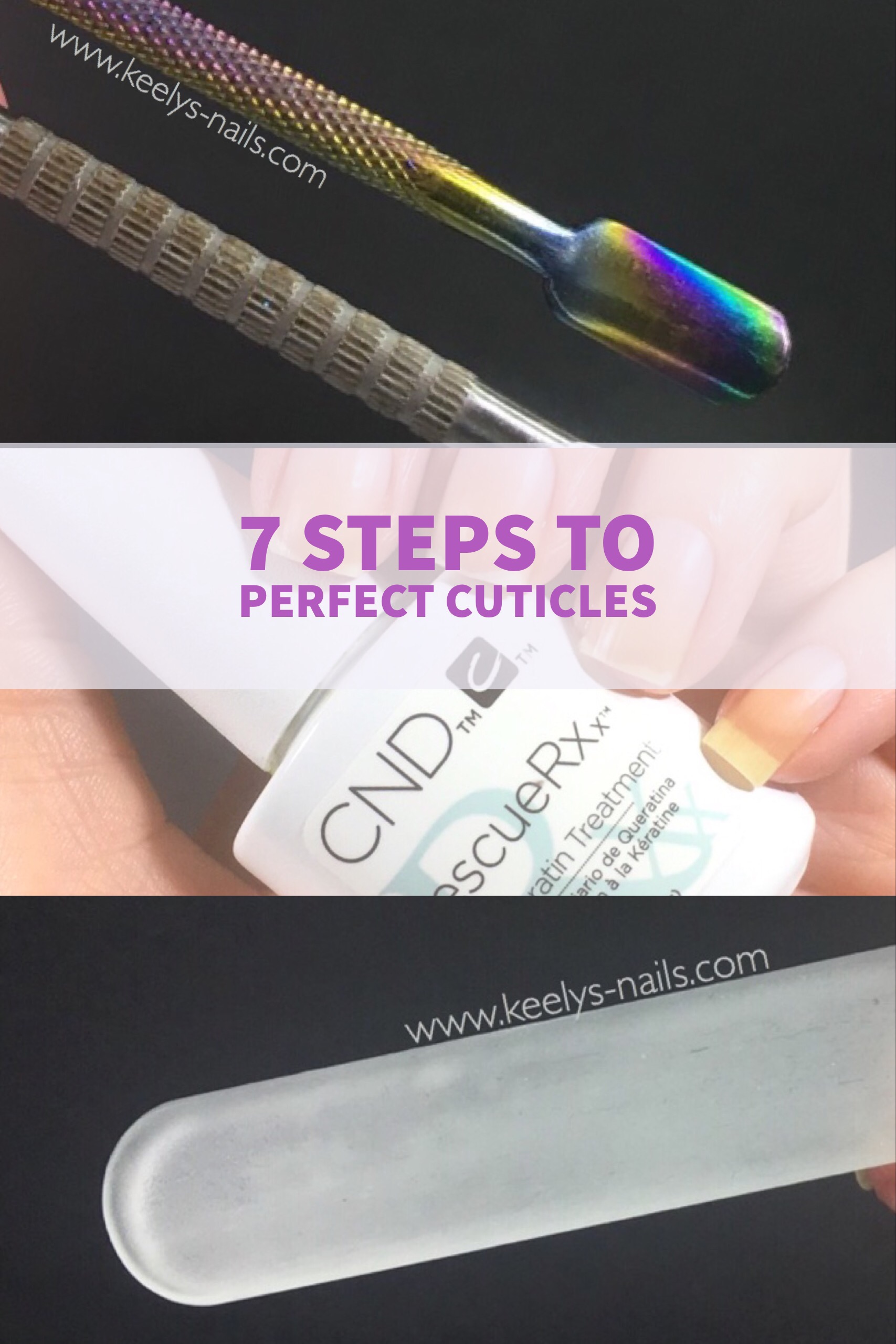
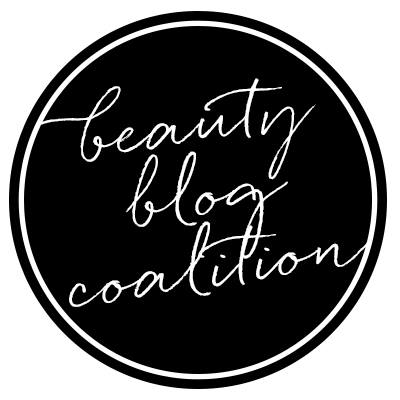
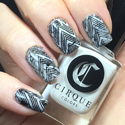
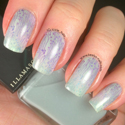
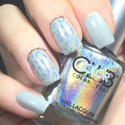
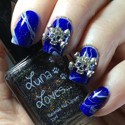
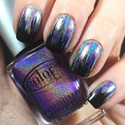
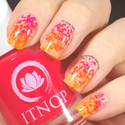
May 18, 2017
My cuticles have been looking so awful lately, this is really helpful. Thank you! x
May 18, 2017
You’re so welcome! I’m really glad it’s helped
June 6, 2017
Love this post! Even though you’re not a professional, this is very accurate on how a real and correct manicure should be given!
June 6, 2017
Thank you Cara! I really hope it helps your manis
March 21, 2018
Very useful post!
March 21, 2018
Thank you Vanessa, I hope it helps you